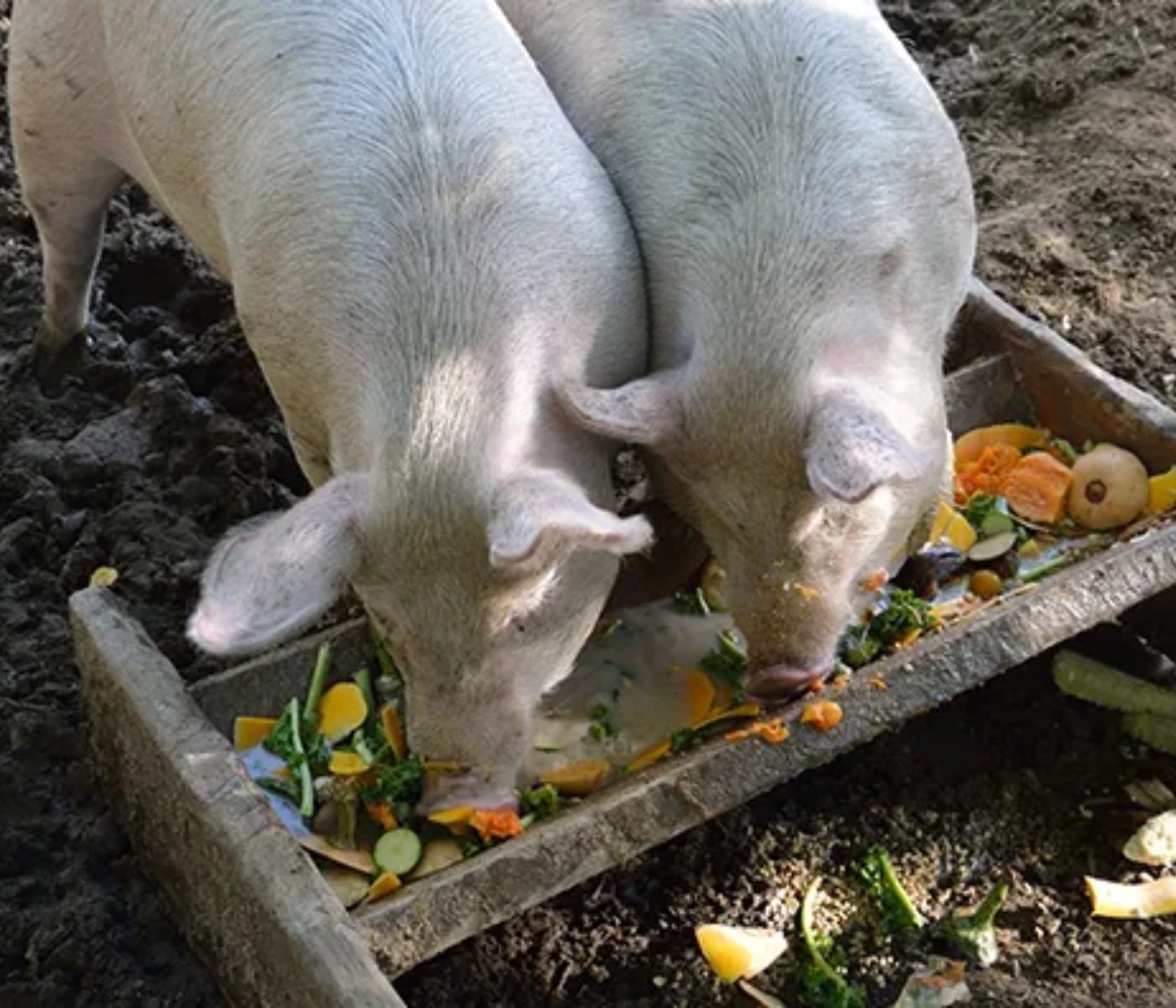 20 May 2025
20 May 2025
Closing the Loop: How Scientists in Sweden Are Turning Organic Waste into Animal Feed
Could yesterday’s waste become tomorrow’s animal feed?
A Swedish research team is working on exactly that. Led by Associate Professor Olivier Keech from Umeå University, the project is developing novel fermentation and pelleting techniques to turn forestry and food industry residues into sustainable, high-quality feed for poultry, pigs, and shrimp.
“We’re not just improving feed—we’re designing a system that closes the loop,” says Keech.
“It’s about reducing waste, supporting local economies, and cutting the carbon footprint of food production.”
The project is supported by the Kamprad Family Foundation for Entrepreneurship, Research & Charity, with 6.6 million SEK in funding over three years.
Every year, Nordic industries generate massive amounts of sawdust, brewery by-products, and municipal food waste. These materials are rich in energy but are difficult for animals to digest due to their cellulose and lignin content.
By breaking down these tough fibers and fermenting the released sugars with tailored microbes (bacteria and yeast), the team aims to produce protein-rich, pelleted animal feed.
Beyond just nutrition, fermented feed also supports animal health. Thanks to the natural probiotic properties of the microbes used in the process, the feed may help strengthen the gut and immune systems of farmed animals.
Researchers are testing different microbial combinations to match the specific needs of chickens, pigs, and shrimp.
This project brings together four leading scientists across multiple fields:
Olivier Keech, project lead and Associate Professor at the Umeå Plant Science Centre
Leif Jonsson, Professor of Chemistry at Umeå University, expert in hydrothermal catalysis
Volkmar Passoth, Professor at the Swedish University of Agricultural Sciences (SLU), specialist in food biotechnology
Anders Kiessling, Professor at SLU, working on sustainable nutrition and nutrient recycling in closed farming systems
Initial experiments will take place in the lab, but the team will soon begin pilot testing at the Östersjöfabriken research platform in Västervik. These trials will evaluate the new feed’s performance in modern aquaculture systems, focusing on shrimp and fish production.
The project reflects a broader shift in how we think about waste—not as a burden, but as a resource. By upcycling industrial residues into nutritious animal feed, the research tackles multiple challenges at once: reducing landfill waste, cutting emissions from feed production, and creating resilient, localized food systems.
“This is about rethinking our entire food value chain,” Keech emphasizes.
“By combining science, sustainability, and local innovation, we can build smarter food systems that work for both people and the planet.”
Source: Umeå University. (2024, May 13). New project aims to turn residues into high-quality animal feed. Retrieved from: https://www.umu.se/en/news/new-project-aims-to-turn-residues-into-high-quality-animal-feed_12098536
Subscribe now to the technical magazine of animal nutrition
AUTHORS
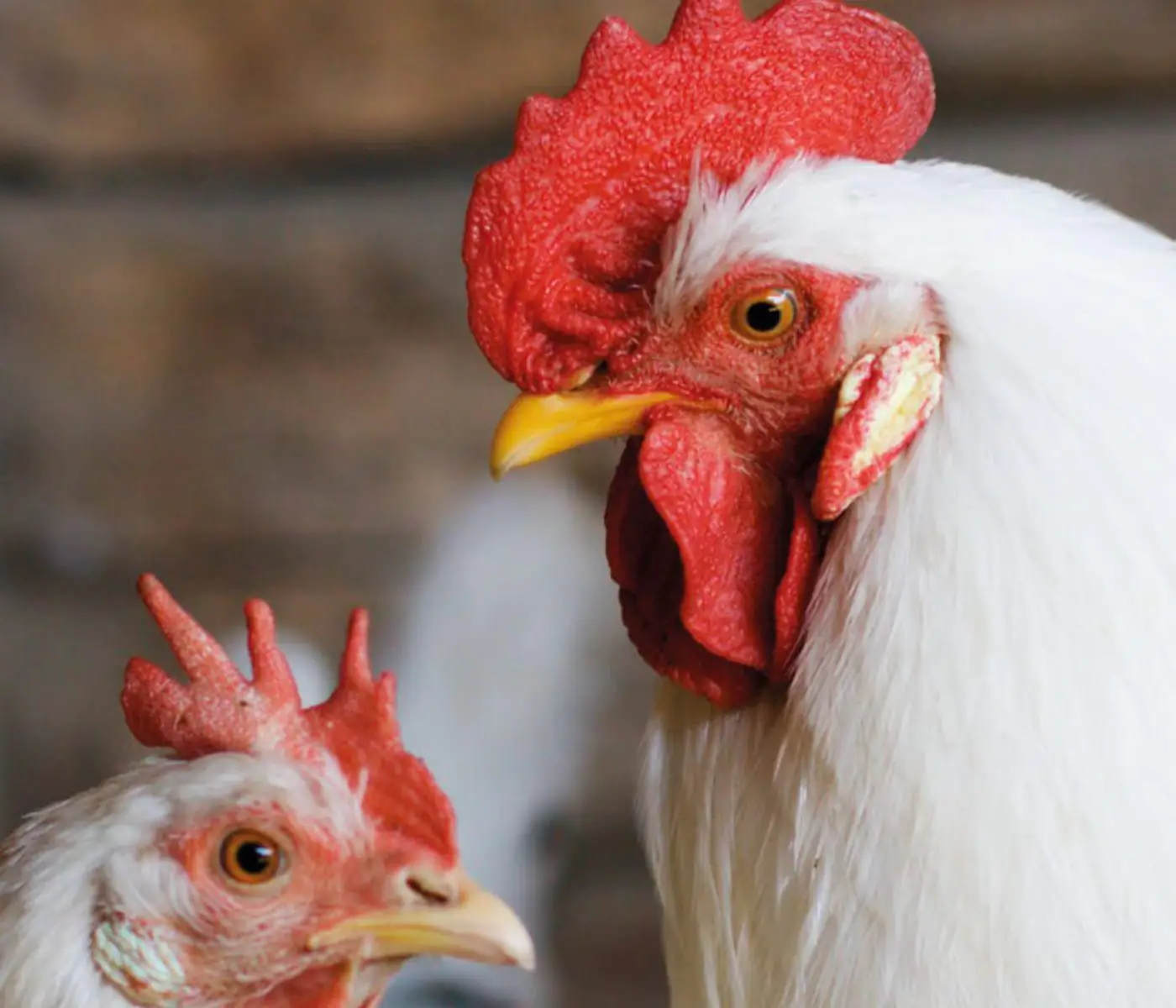
Nutritional Interventions to Improve Fertility in Male Broiler Breeders
Edgar Oviedo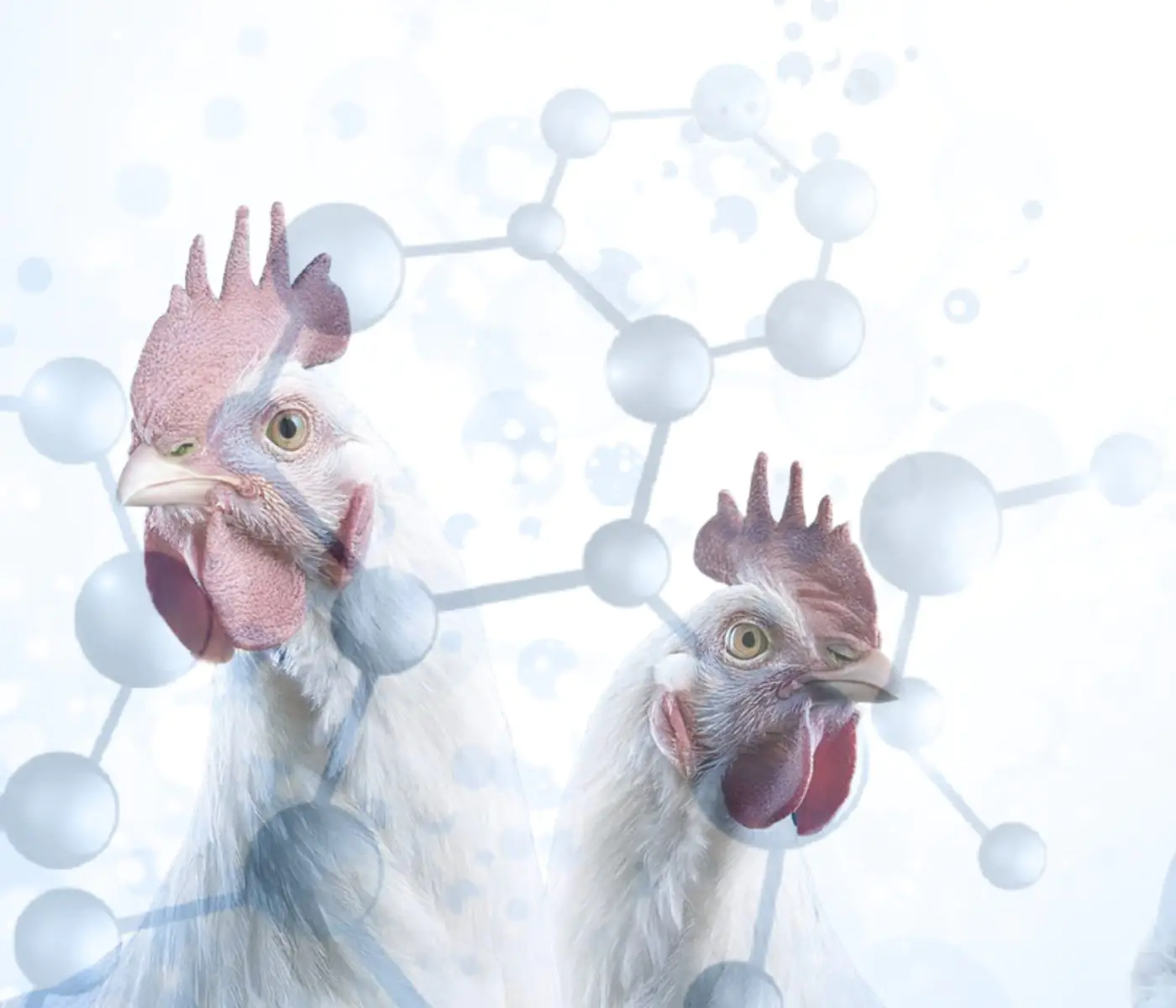
The Use of Organic Acids in Poultry: A Natural Path to Health and Productivity
M. Naeem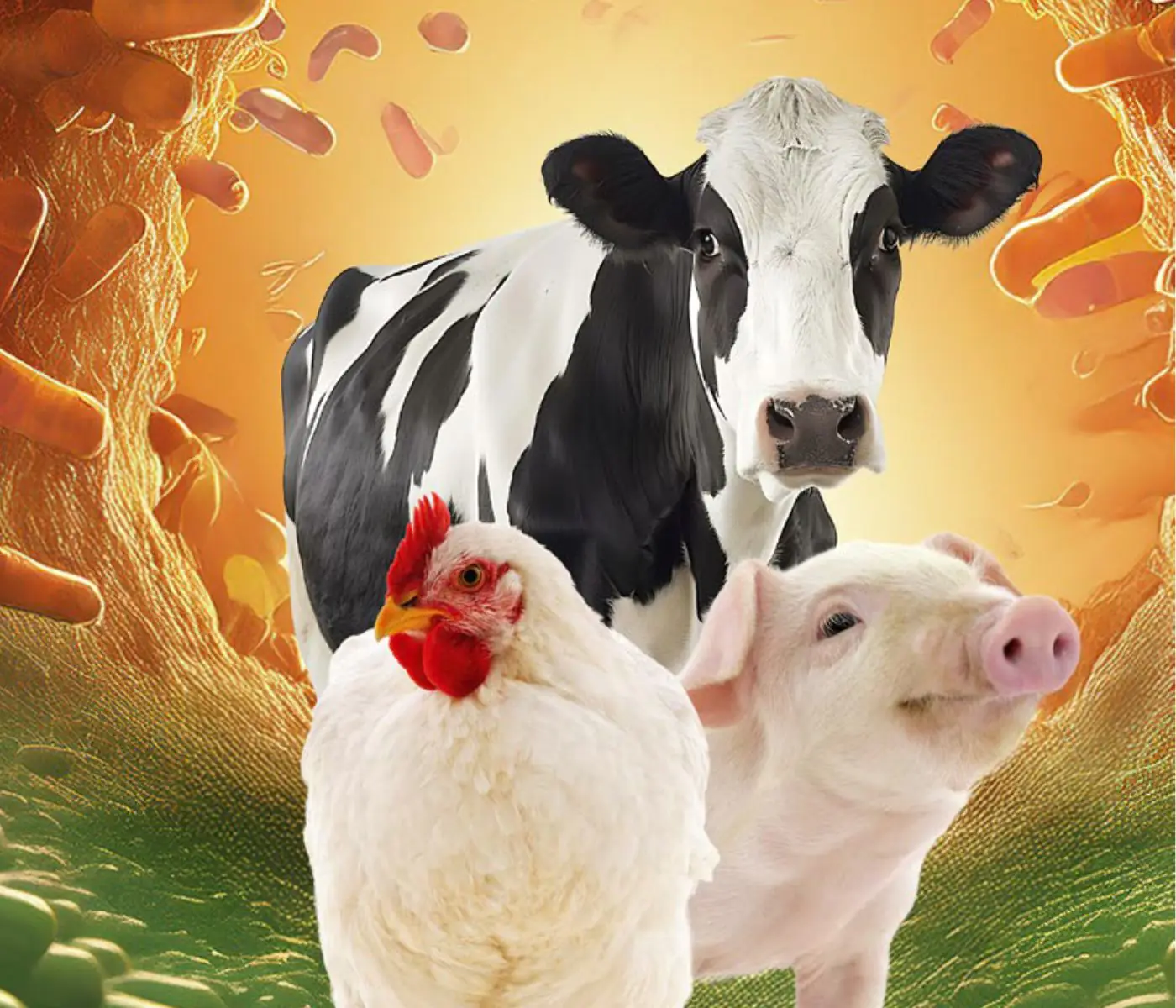
Synergistic Benefits of Prebiotics and Probiotics in Poultry, Swine, and Cattle
Gustavo Adolfo Quintana-Ospina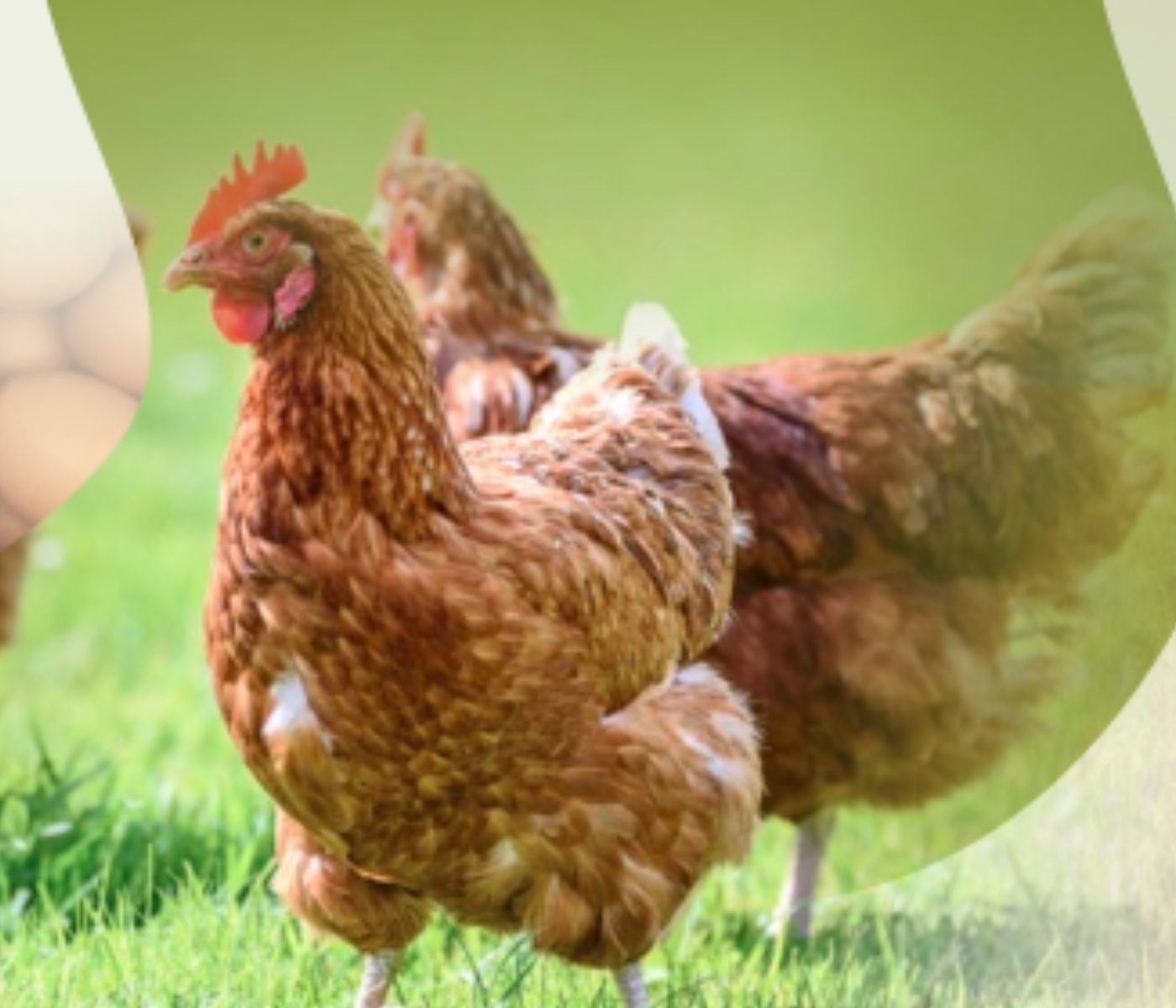
Hybrid Rye Potential in Laying Hen Feed Rations
Gwendolyn Jones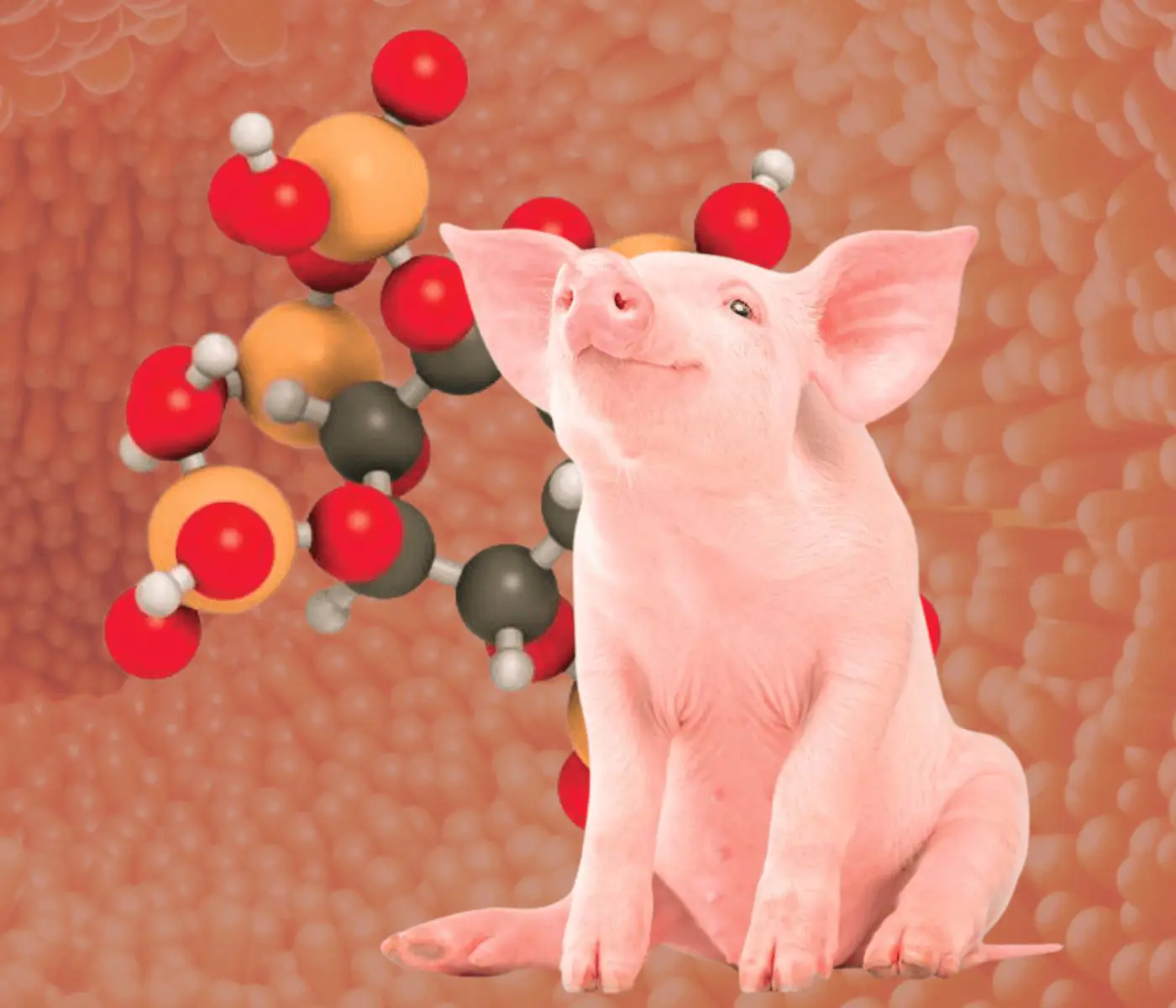
A day in the life of phosphorus in pigs: Part I
Rafael Duran Giménez-Rico
Use of enzymes in diets for ruminants
Braulio de la Calle Campos
Minerals and Hoof Health in the Pregnant Sow
Juan Gabriel Espino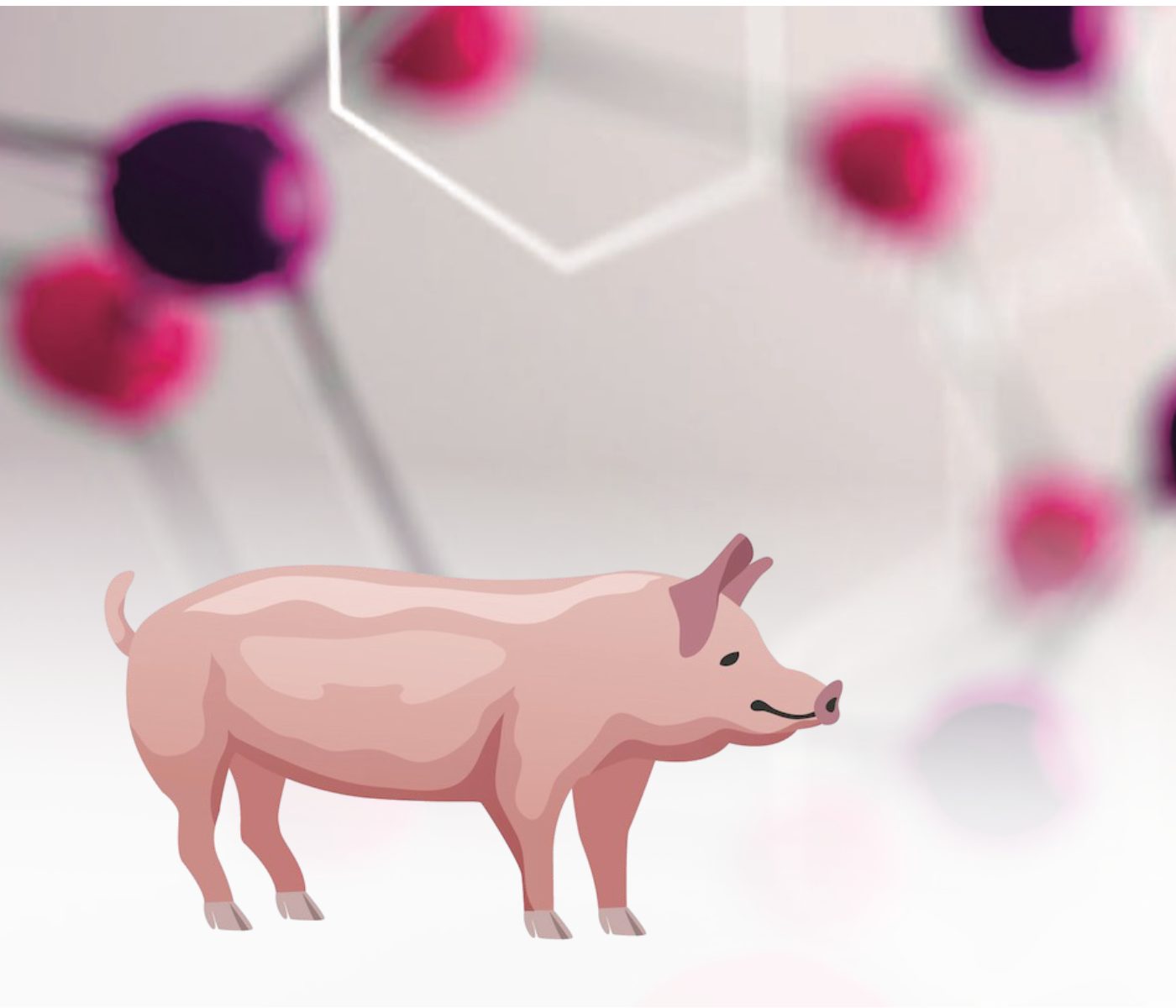
Impact of Oxidized Fats on Swine Reproduction and Offspring
Maria Alejandra Perez Alvarado